I believe my question is different enough in specifics to Is it better to connect ESD (TVS) Diodes to chassis ground or signal ground? to warrant a new question.
According to Electromagnetic Compatibility by Henry Ott, it is advised to shunt incoming transients on external IO lines to chassis ground using TVS diodes. This should be done as close as possible to the IO entrance, minimizing the distance on the PCB that a transient would travel. It also shows that the chassis ground should be connected to circuit ground, presumably at a single point to avoid ground loops. He also recommends having the chassis ground connected to the chassis at multiple points, minimizing inductance.
Further, Mr. Ott says "It is therefore, important to establish a low-impedance connection between the chassis and the circuit ground in the I/O area of the board." This was in reference to preventing CM noise from conducting out of the cable, not WRT transients coming from the cabling.
My question is, how and where is the connection between chassis ground and circuit ground made? My concern is, if it is made at the IO section, with a low(ish) impedance connection, the transient event will still have an effect on circuit ground. That would make it similar to if the TVS's were instead just connected to circuit ground instead.
An option I could see is making the chassis ground -> circuit ground connection with a resistor, to make that a higher impedance path than the TVS -> circuit ground. But I can not find any information on this method.

